- Nationwide EV charging needs to accommodate 30 to 42 million passenger vehicles by 2030.
- Americans proved they could build a transportation infrastructure with the Dwight D. Eisenhower National System of Interstate and Defense Highways.
- Public and private investment will make the charging needs become a reality.
The newest electric vehicles are a joy to drive. They are quiet, speedy, comfortable, and filled with high-tech infotainment features. Best of all, they do not release any harmful emissions.
Despite all these benefits, there is one drawback to EV ownership: nationwide charging infrastructure.
No matter how anyone spins it, there just isn’t enough.
Proof in American History
Fortunately, something can be done about it. And the 1956 National Interstate and Defense Highways Act is proof that Americans can do difficult things.
In 1956, President Dwight D. Eisenhower signed this act to add to the 6,500 miles of road previously built thanks to President Franklin D. Roosevelt and the Federal-Aid Highway Act of 1938. Eisenhower said the project would “protect the vital interest of every citizen in a safe and adequate highways system.”
Between 1957 and 1969, the 6,500 miles of highways expanded to 41,000 miles at a cost of $25 billion. After those miles of highway blossomed around the United States, gas stations, restaurants, hotels, and tourist attractions popped up all over the country.
Now it’s time to add a network of nationwide EV charging stations. But not just any charging stations. EV drivers need fast charging stations that run on renewable energy.
The Reality of Public Charging
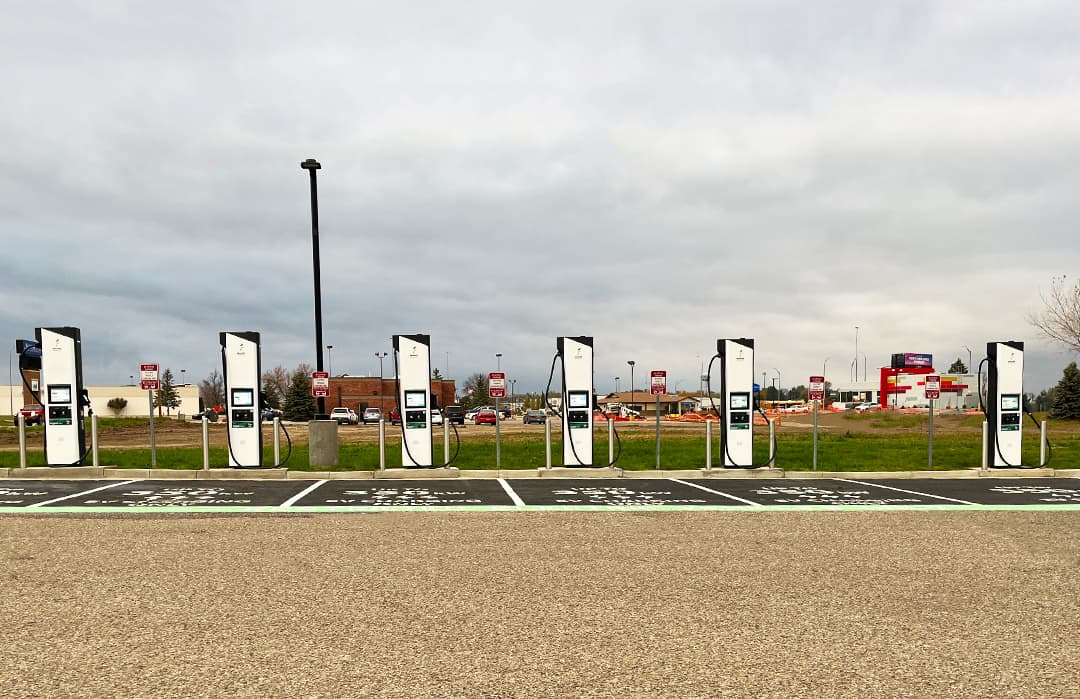
Ask any EV driver about public charging experiences, and you’ll hear similar stories:
- Chargers that don’t charge at their advertised speeds.
- Range anxiety due to a lack of chargers.
- Broken chargers with unknown repair timelines.
- Waiting at stations while other vehicles charge.
Imagine if they happened at gas stations. Drivers of gas-powered vehicles would revolt, or they would simply go across the street or drive a few blocks to fill up at the next gas station. EV drivers dream of a day when this is their reality.
Building a Charging Infrastructure by 2030
The National Renewable Energy Lab (NREL) conducted a study about EV charging needs and how a national charging system would support 30 to 42 million passenger vehicles by 2030. The organization worked with stakeholders in 50 states, Washington D.C., and Puerto Rico to determine where to put charging stations “so everyone can ride and drive electric.”
The NREL study found three EV charging needs. EV drivers need to charge for
- Daily errands and local commuting.
- Long-distance road trips on national highways.
- Ride-sharing with Uber and Lyft fleets.
The study also looked at realistic charging situations based on weather, housing, travel habits, and charging preferences. For example, a driver in Arizona doesn’t have to worry about cold weather affecting charging and range like a driver in Michigan does. People who live in apartments have different home-charging needs compared to people with single-family homes.
Findings from the NREL Study

To meet the expected 2030 nationwide EV charging needs, the United States government and private companies will need to add more than 27 million charging stations. 26 million of those charging stations will need to be Level 1 and Level 2 ports at private homes, multi-family complexes, and workplaces.
One million Level 2 charging ports need to be added to parking lots at shopping centers, office buildings, and high-density neighborhoods. To help EV drivers with long-distance travel and ride-sharing programs, 182,000 Level 3 fast-charging stations need to be built.
Interestingly, the largest support will be at home. The private network of home chargers will supply slightly more than 50% of the EV charging infrastructure. Charging at home tends to be reliable and affordable – especially in communities with renewable energy powering the grid.
Consider the Gas “Filling” Station
In the United States, gas-powered vehicles are supported by approximately 135,000 gas stations with 1.4 million pumps. They are affordable, efficient, and convenient. EV drivers hope for something similar with nationwide charging infrastructure. It didn’t take long for gas stations to become ubiquitous around the US.
By 1929, there were slightly more than 121,000 gas stations for drivers who wanted to fuel their Model As. Those 121,000 gas stations supported the more than two million Model A’s that were sold in the first six months of 1929. They also supported the 15 million Model Ts sold between 1908 and 1927.
According to the American Petroleum Institute, approximately 60% of all gas stations are owned by independent retailers – often families that own a convenience store with gas pumps in the parking lot. Opening a gas station can cost between $250,000 and $2 million – the exact cost depends on the location and the petroleum brand.
Open EV Filling Stations

It would be nice to have a similar model for EV charging stations. Consider the typical road trip. Drivers stop for gas. They use the restroom and buy snacks. They often spend 10 to 15 minutes taking care of business while also filling the gas tank.
EV stations could function similarly. A Level 3 charging station costs between $40,000 and $175,000 each depending on the brand and electricity needs. It would be wonderful to stop for a charge and be on the road 15 minutes later with an empty bladder and some snacks. Entrepreneurs opened gas stations, and they could do the same for EV charging.
Labor costs for EV charging are low, especially compared to gas pump maintenance and labor costs. They do not need attendants, but they do occasionally need cleaning and repairs.
Speedy Level 3 charging stations often require special permits and upgrades for utilities to cover the additional electricity. Innovative entrepreneurs are using renewable energy to power charging stations – consider the Electrify America solar farm in San Bernardino, CA. This farm has 200,000 solar panels that generate enough energy to charge 500 EVs at once at a 150kW charger.
How EV Drivers Charge Their Vehicles
The Department of Energy estimates that most EV owners do most of their EV charging at home – usually overnight. Some charge at work during the day if they are fortunate enough to have access to a Level 2 charging station.
EV owners rarely charge at Level 2 chargers when they have a short trip to a shopping mall or a movie theater, just like how a driver with a gas-powered car doesn’t fill up to go to the grocery store. We fill our cars when they need to be filled.
On the flip side, EV drivers traveling out of town need to charge. Most don’t mind paying for the convenience of fast charging unless their destination has overnight charging. EV drivers will choose a hotel or a destination based on the charging station availability. They want convenience, speed, and fair pricing – just like drivers of gas-powered cars.
If your hotel or destination doesn’t have EV charging, then EV drivers won’t stay there. It’s that simple. When we think of nationwide charging investments, consider how towns popped up along highways because drivers need to stop for gas.
According to the latest research, EV drivers fit into four consumer segments.
- 55% of EV drivers will go to the nearest stations when the range gets low. They will pay a premium for proximity and speedy charging.
- 25% of EV drivers will look for the cheapest available charging. They will wait for the cheap charging.
- 10% of EV drivers will use a loyalty program and stick to a specific EV charging brand.
- 10% of EV drivers want EV chargers that use renewable energy. They will pay extra for green service.
Don’t Forget the City Dwellers
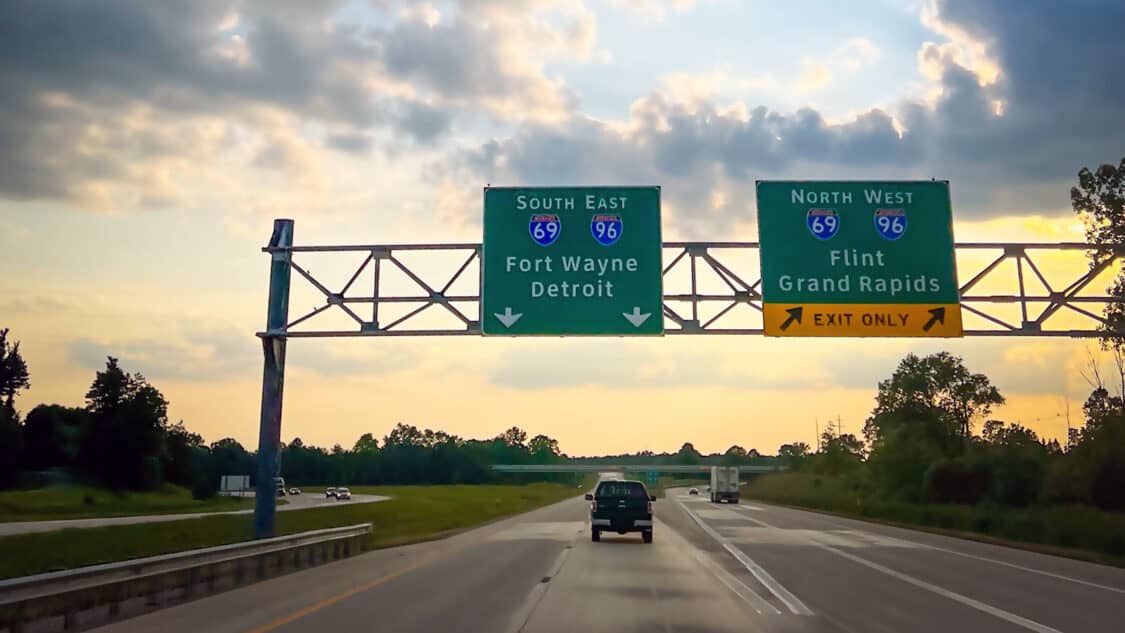
While the federal government is focused on building EV chargers in rural areas, EV drivers in the city often feel left behind in nationwide charging infrastructure. Apartment complexes and condo associations with high density aren’t the easiest places to add EV charging stations.
Because it’s harder for apartment dwellers to charge EVs, they are less likely to buy them. Ironically, EVs get better range on slow city streets than on highways, so city dwellers would benefit from driving them.
Unfortunately, the demographic that would like to buy EVs is also the least likely to buy one because of charging deserts in urban areas. About 65% of people under age 35 live in rentals, according to the Pew Research Center. They want EVs, but they don’t have anywhere to charge them.
To meet the needs of urban EV owners, some states have passed “right to charge” laws so renters can install charging stations. Some states, including Illinois and Colorado, have changed laws so new structures are wired for EV charging. The chargers don’t have to be installed, but they won’t need to be retrofitted if a resident wants to add one.
Some utility companies are installing chargers for curbside charging. On November 16, residents of Ann Arbor, Michigan celebrated the city’s first utility pole-mounted curbside EV charger in the state. Other states already have utility-pole charging, but more are needed.
Creativity, Innovation, and Convenience
Electric vehicles are here to stay. EV drivers are living with minimal infrastructure while watching more stations pop up. Innovative entrepreneurs could benefit from the need for more charging stations.
Their creativity would add convenience for the millions who already own EVs and could lead more drivers to switch to EVs with the ultimate benefit of reducing carbon emissions to preserve the planet for future generations.
ADVERTISEMENT

FEATURE IMAGE: DANIEL SHAPIRO
FTC: We use income-earning auto affiliate links. Learn more.












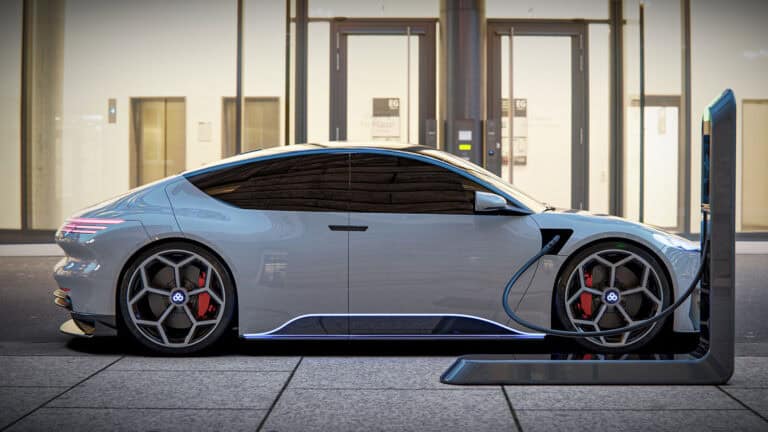
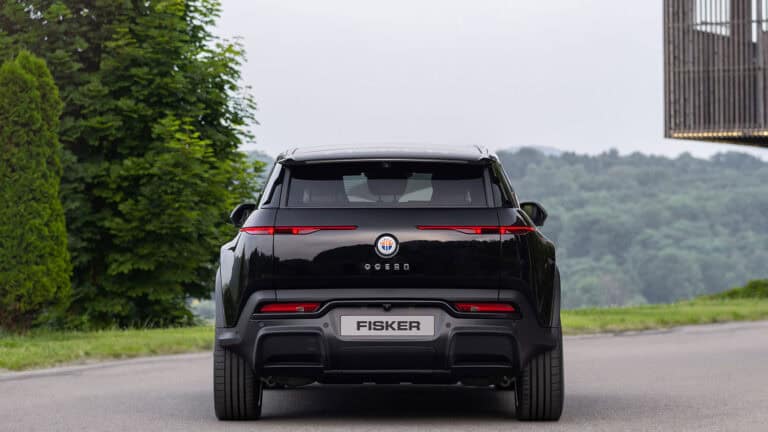










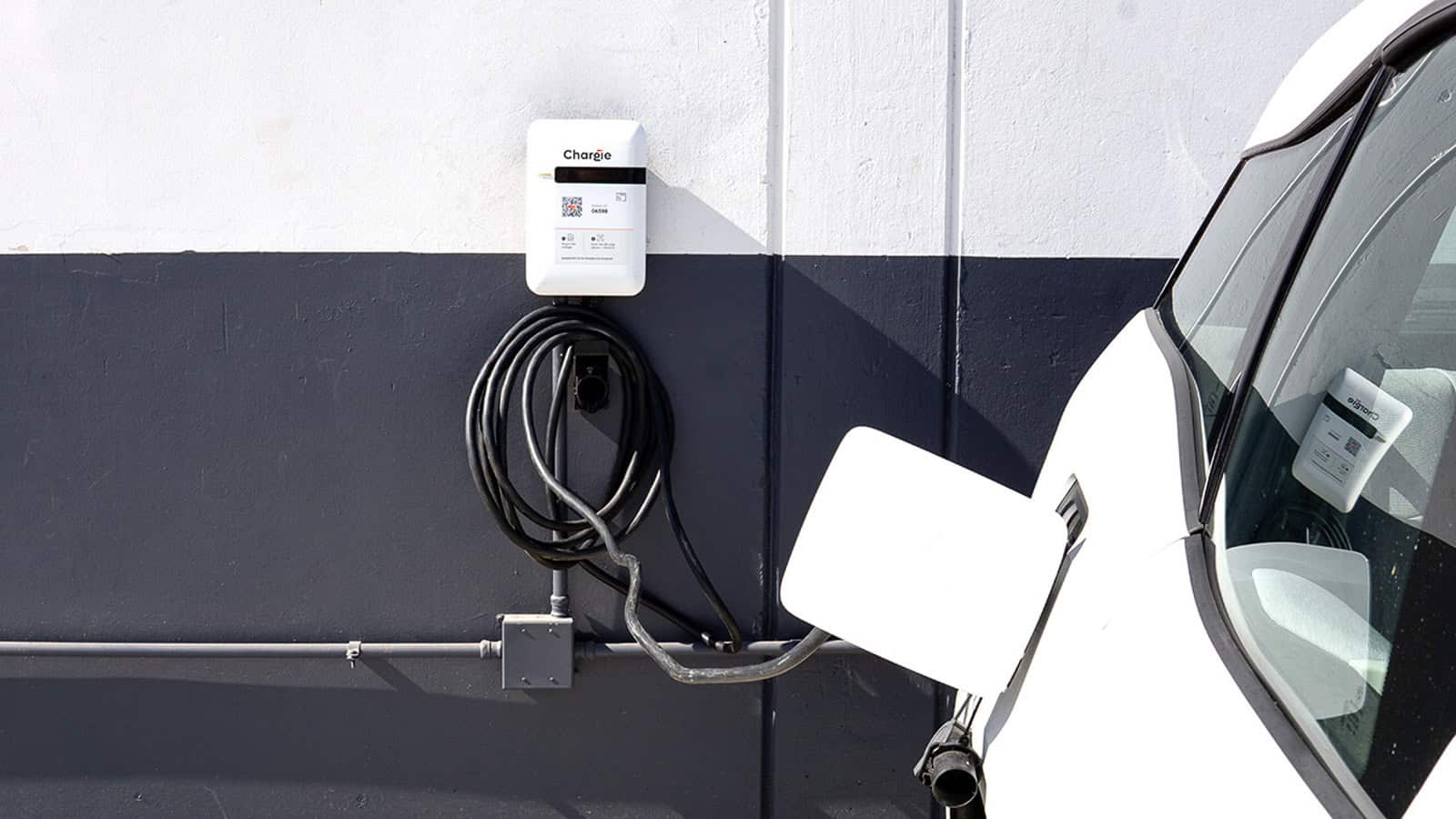

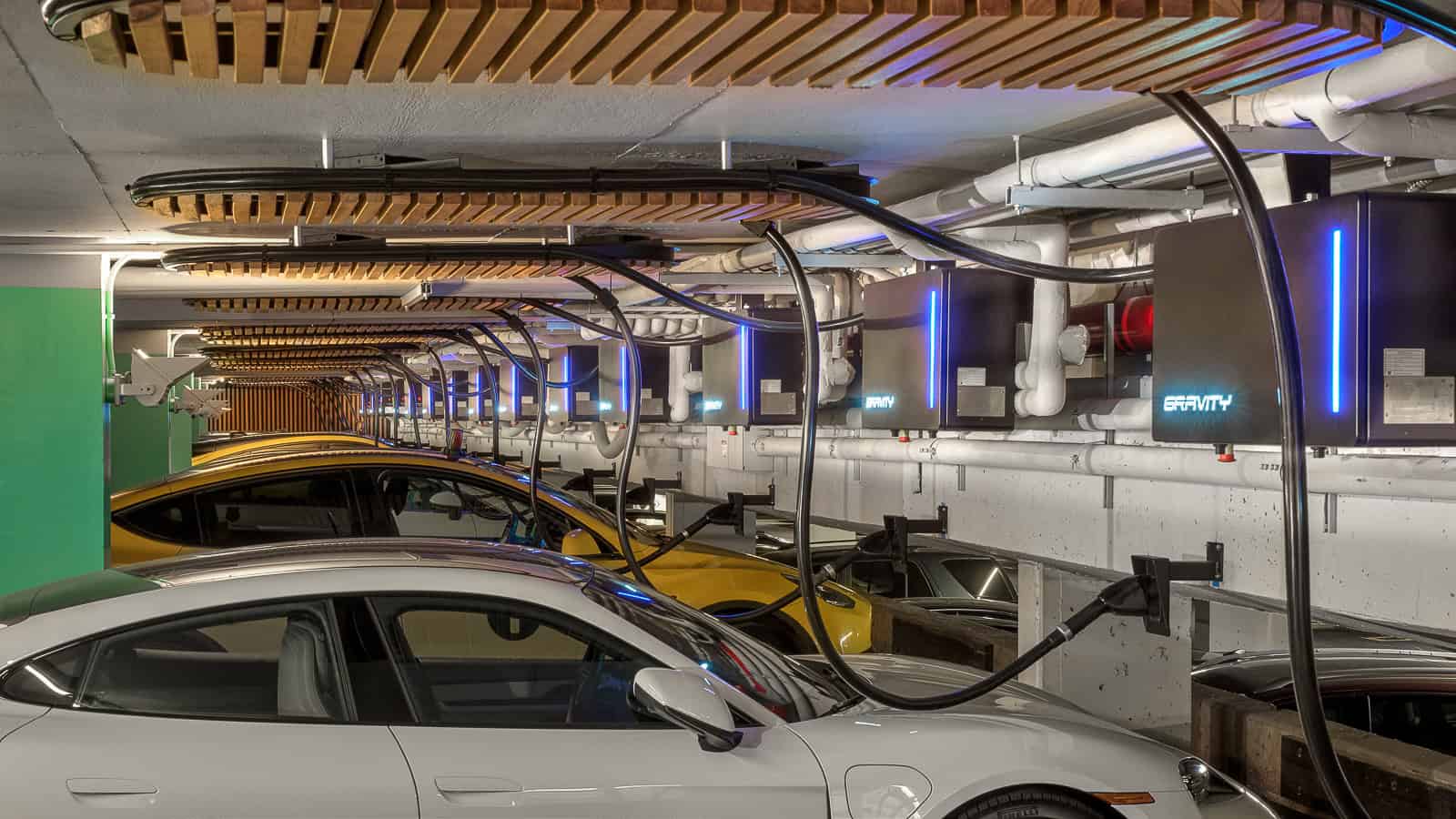

3 Responses